Great Pyramids of Giza
“You can’t go to the Pyramids my friend, they are shut” said a friendly local as we approached Giza on the outskirts of Cairo. Despite his unsolicited tips we continued towards the Great Pyramids of Giza – which, lo and behold, were still visible, as they have been for visitors from all over the globe for millennia before.
The Giza Pyramid complex is the symbol of Egypt and occupies premier positioning on most travelers bucket lists. The pyramid complex actually comprises of 3 main pyramids – the Great Pyramid of Giza (Khufu), the Pyramid of Khafre, and the Pyramid of Menkaure, together with the Great Sphinx and 3 more minor pyramids. The Great Pyramid of Giza is the last surviving of the 7 ancient wonders of the world and remains one of the best known attractions worldwide.
These symmetrical stone structures we built as final resting places and mausoleums for the deceased Pharaohs of the Old Kingdom, with initial construction starting over 4500 years ago. Each pyramid was constructed by putting together massive red granite blocks, a feat that showcases the immense engineering skills of the ancient Egyptians. The Great Pyramid alone consists of over 2 million such blocks, each block weighing about 2.5 tons. It would be quite teh undertaking to construct these structures today using modern technologies, so it’s amazing that the Egyptians were able to construct these stunning structures with the most basic of tools and implements of their time.
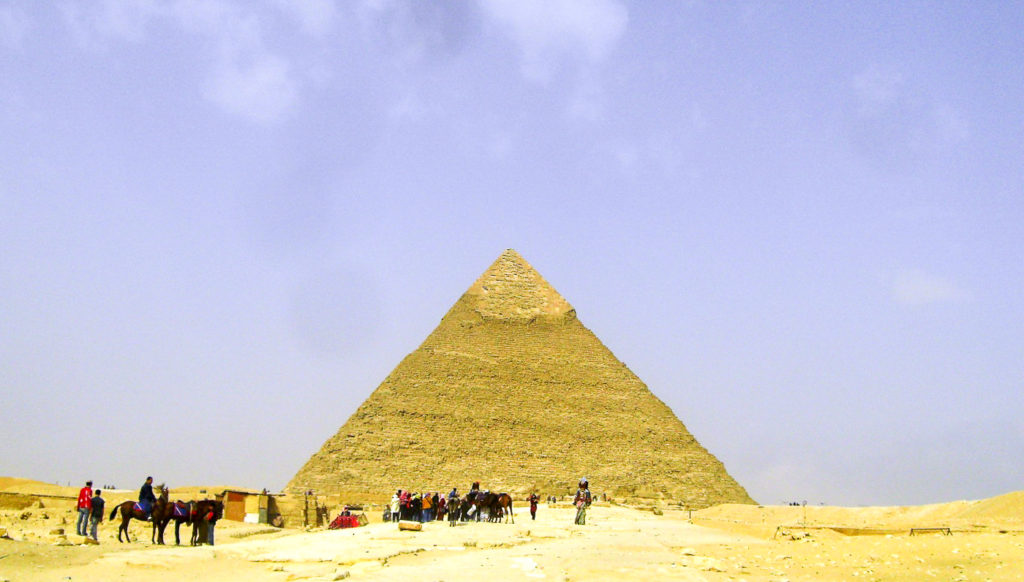
The Great Pyramid of Khufu
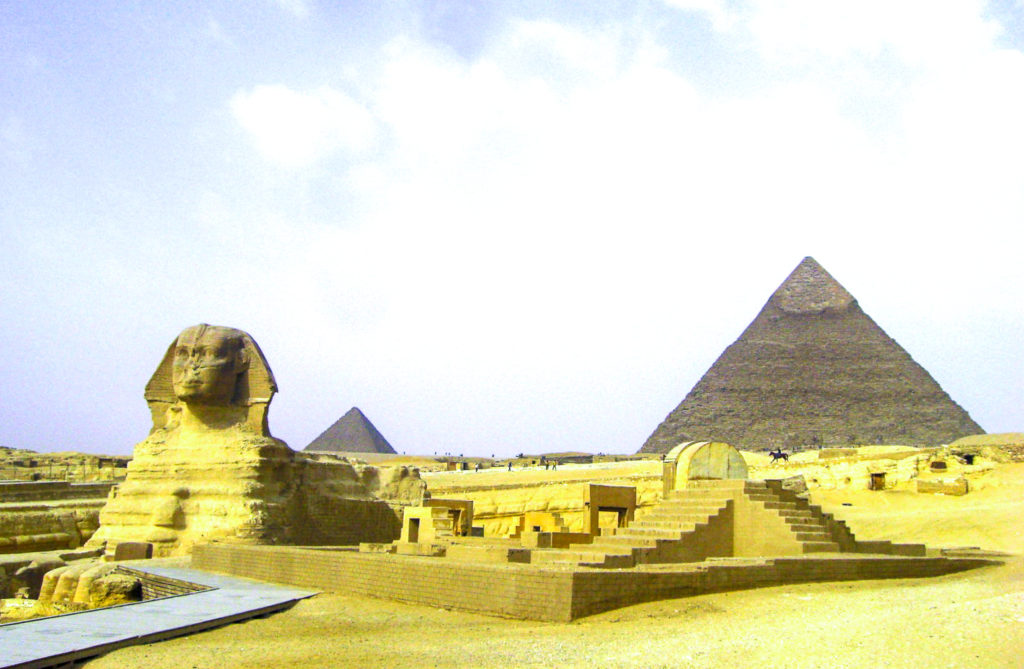
The great Pyramids of Giza and the Sphinx
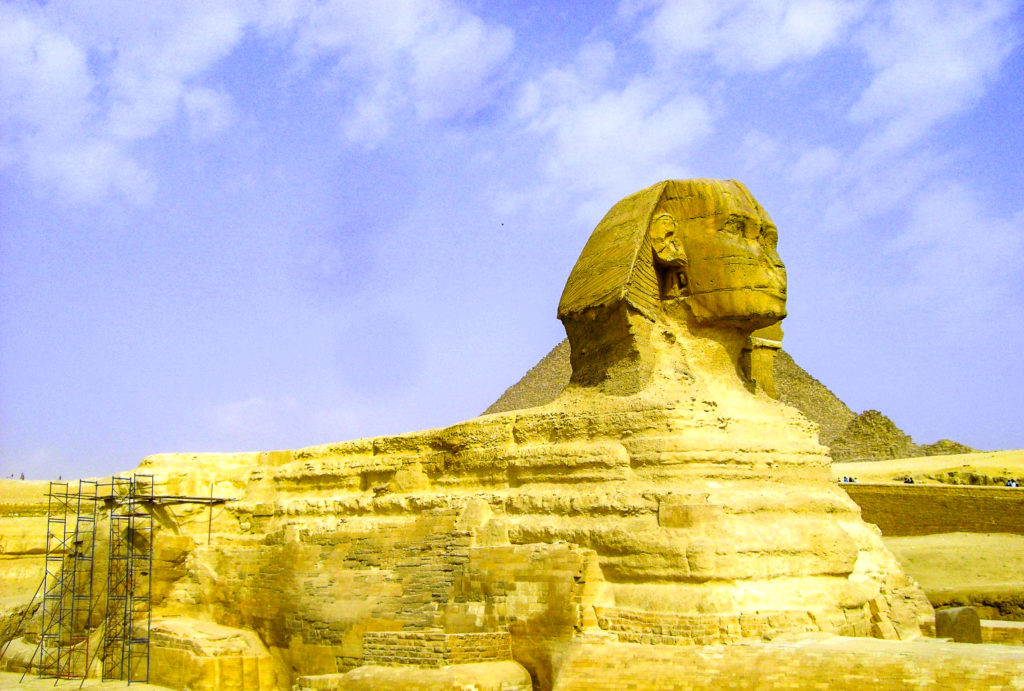
The Great Sphinx with its body of a lion and human face sans nose
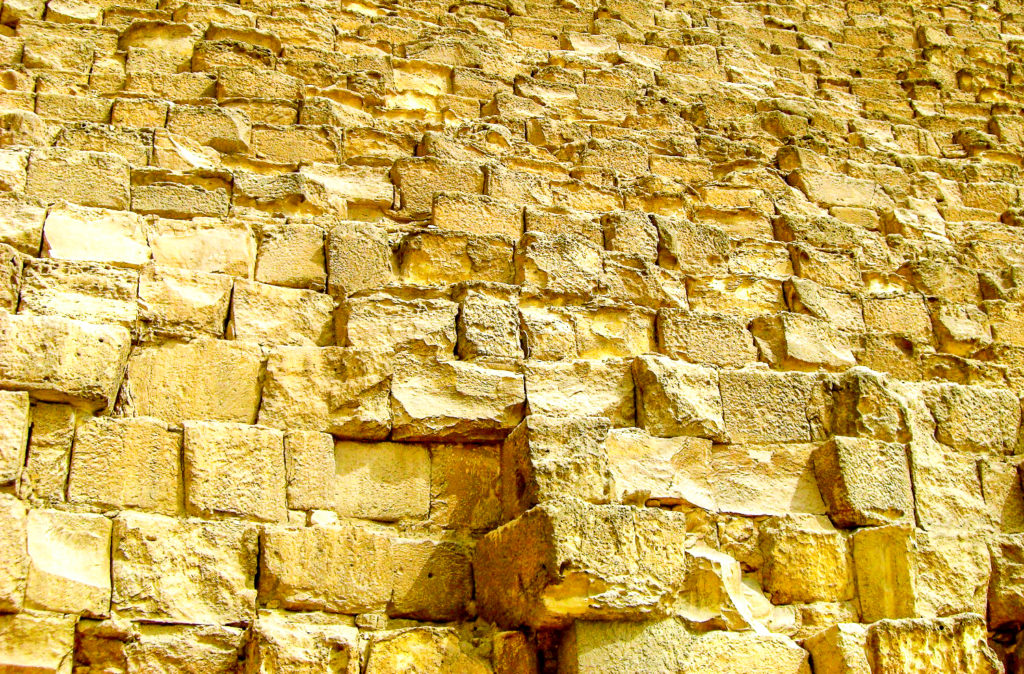
Massive granite blocks stacked up to form the pyramids
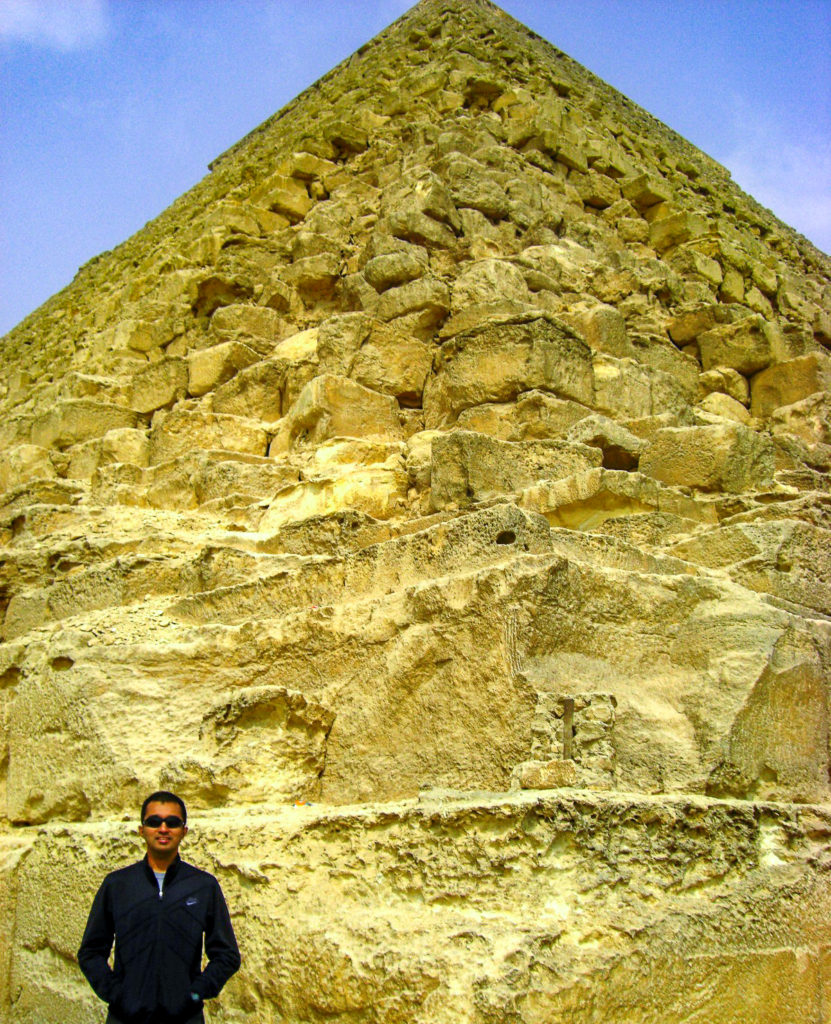
The pyramids may seem diminutive from afar, but hows that for scale up close!
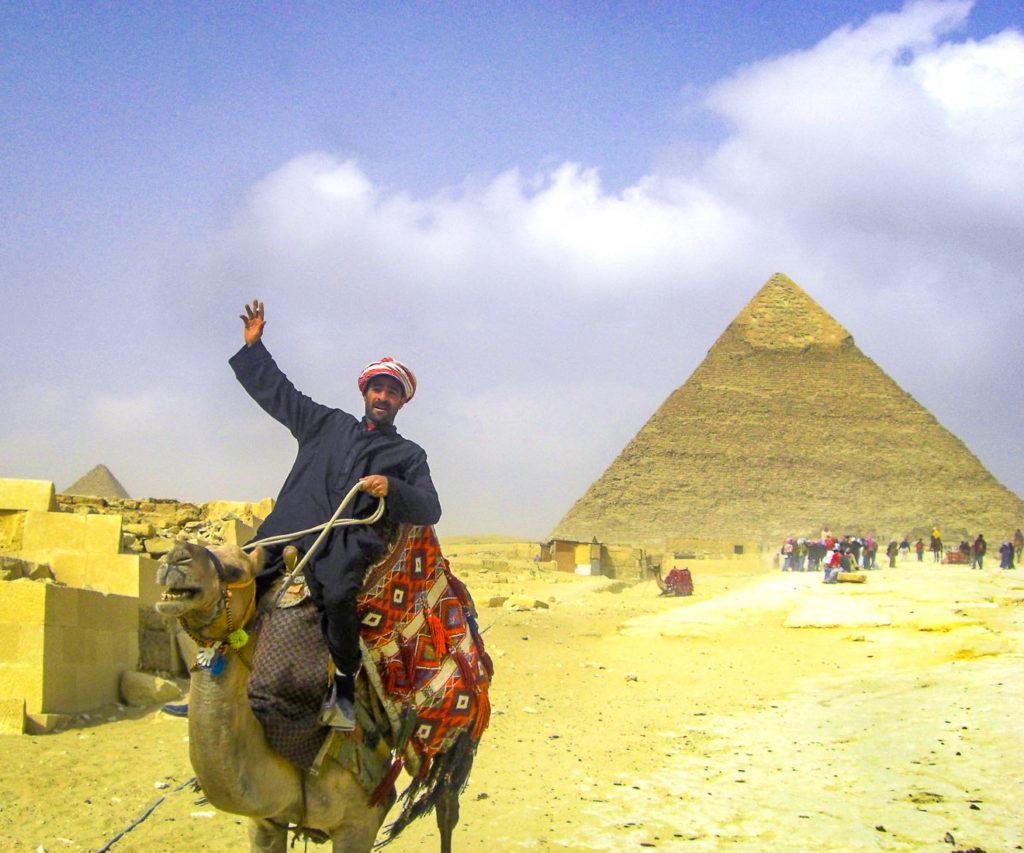
Plenty of friendly locals pestering tourists to part with some cash for a ‘photo-op’ atop their camel
Valley of Kings
Unlike the Pharaohs of the Old Kingdom, the royalty of the New Kingdom preferred to be interred in a more nondescript location – within burial chambers that were dug deep into the mountains along the west bank of the River Nike in Luxor. Spanning 500 years from the 16th to 11th centuries BC, the Valley of the Kings served as the final resting place for Pharaohs from the 18th to 20th dynasties. Some famous Pharaoh residents include Rameses V, female Pharaoh Hatshepsut, and Amhenotep to name a few.
It was in these caves carved deep into the mountains where the Pharaohs awaited the afterlife from their lavishly decorated mausoleums and surrounded by earthly treasures. The richly decorated ceilings and walls offer a glimpse of moments from the occupants illustrious life, as well as a view into prevalent burial customs and beliefs of the day. Their ‘secret’ location did not last for long though, and the Valley of Kong’s and it’s tombs were both tourist destinations and looting targets since antiquity.
At last count 63 tombs have been discovered so far in the Valley of Kings. None is more famous than that of Tutankhamun- which was discovered in 1922 by Howard Carter. The teenage Pharaoh’s tomb surprisingly was never looted, and had been a great source of Egyptology treasures.
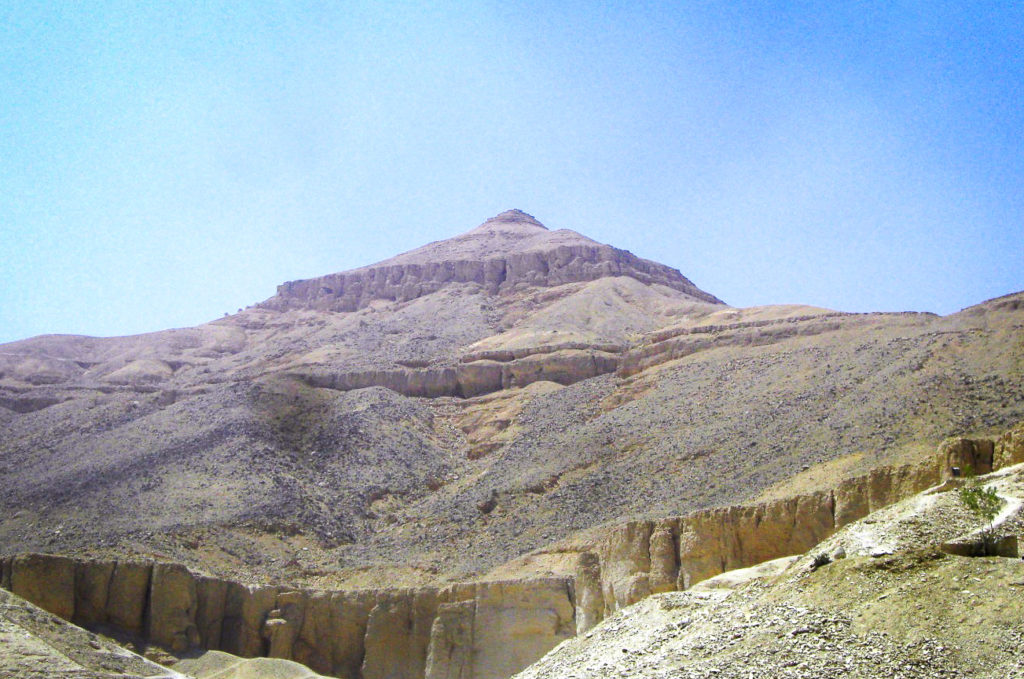
The pyramid shaped peak of Al-Qurm overlooking the Valley of Kings
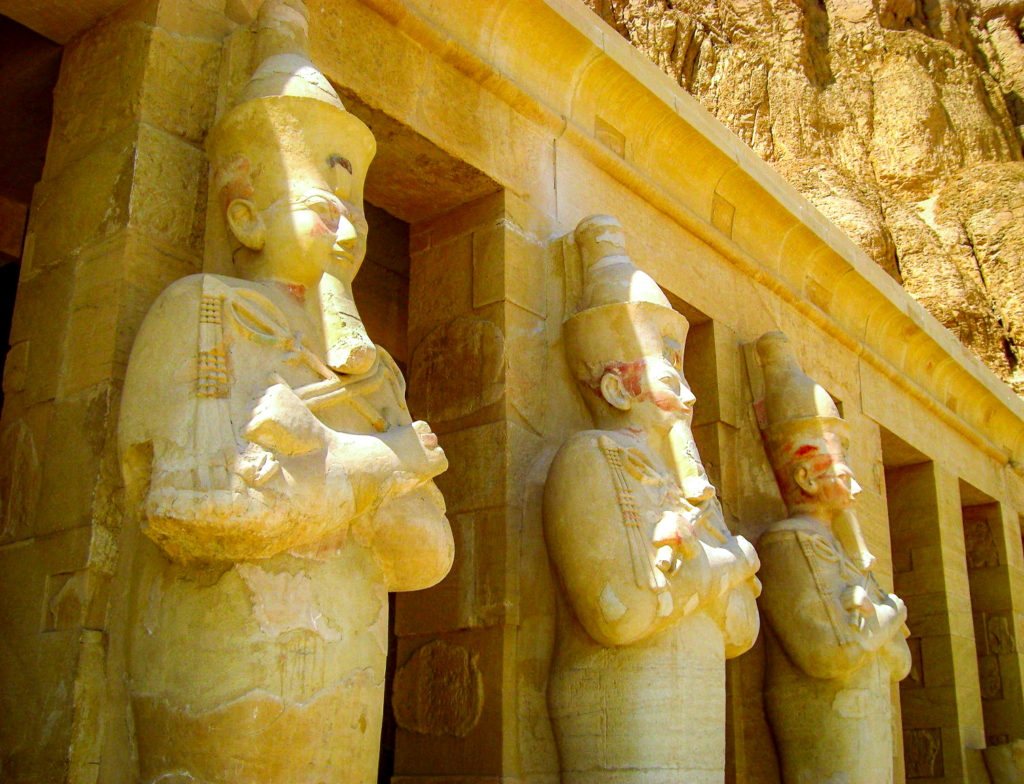
Pharaoh statues guarding the entrance to one of the tombs
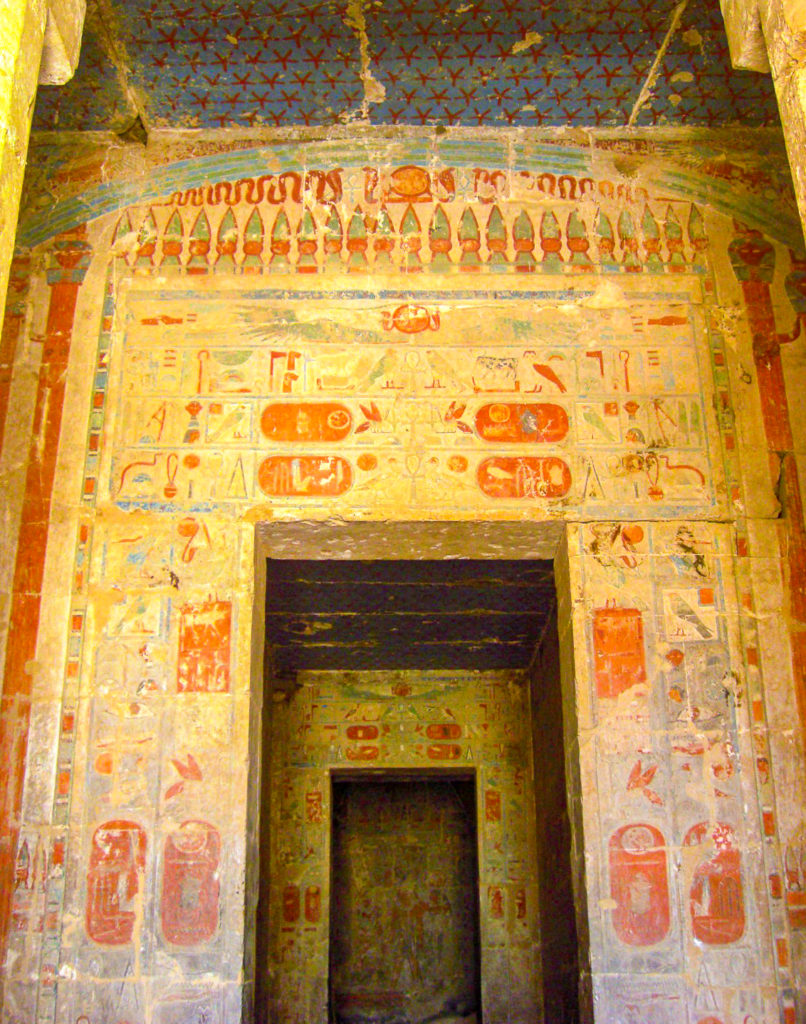
Hieroglyphics and murals adorning the successively narrowing cave entrance
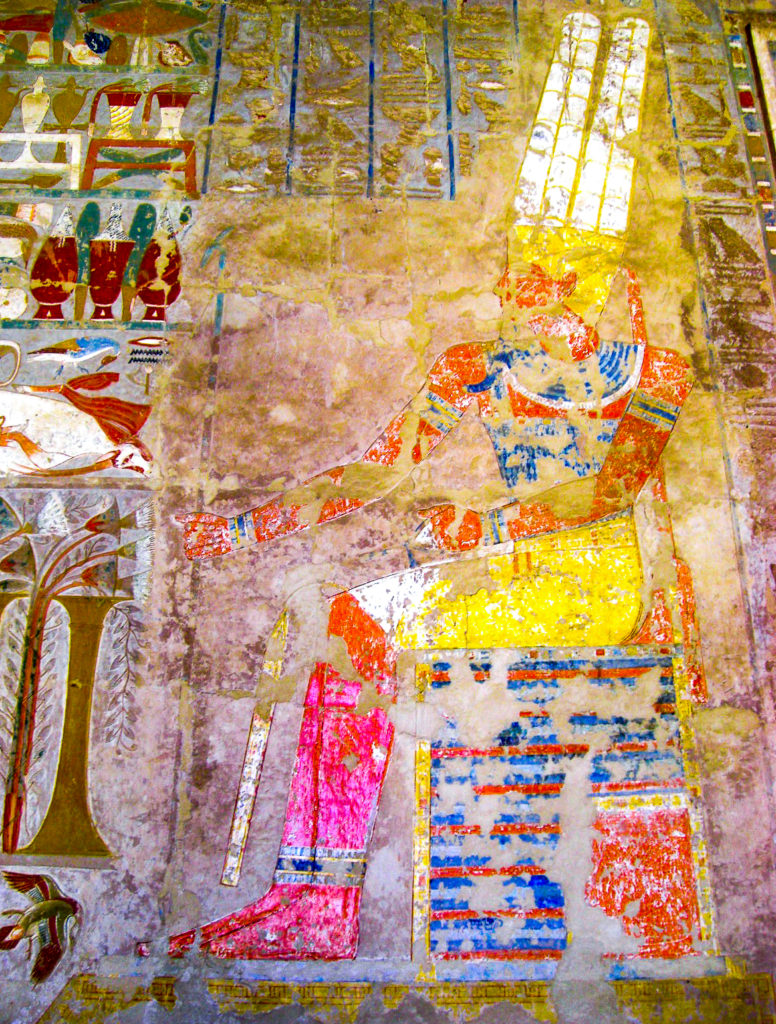
What remains of colorful murals inside the chamber
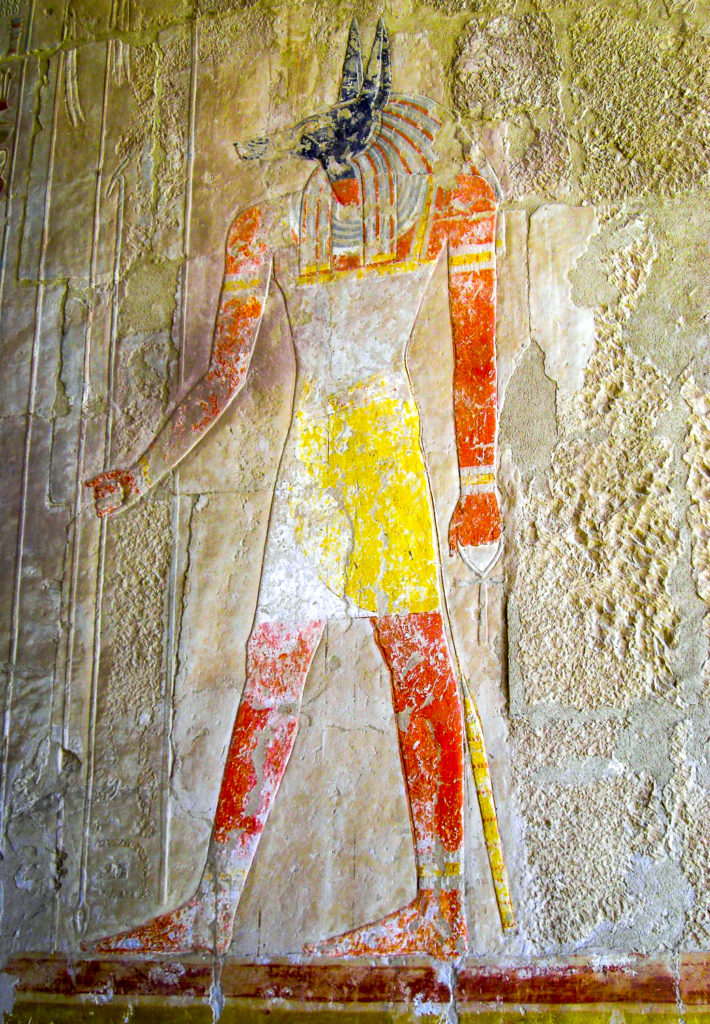
Depiction of the Dog-headed God Anubis
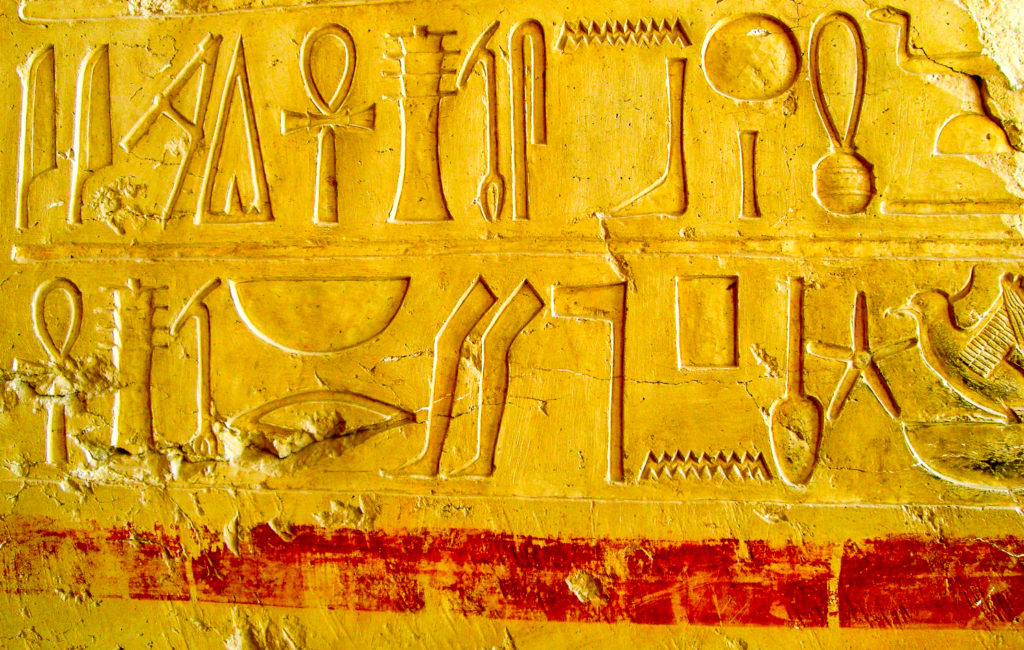
Hieroglyphics in the interior of the tomb
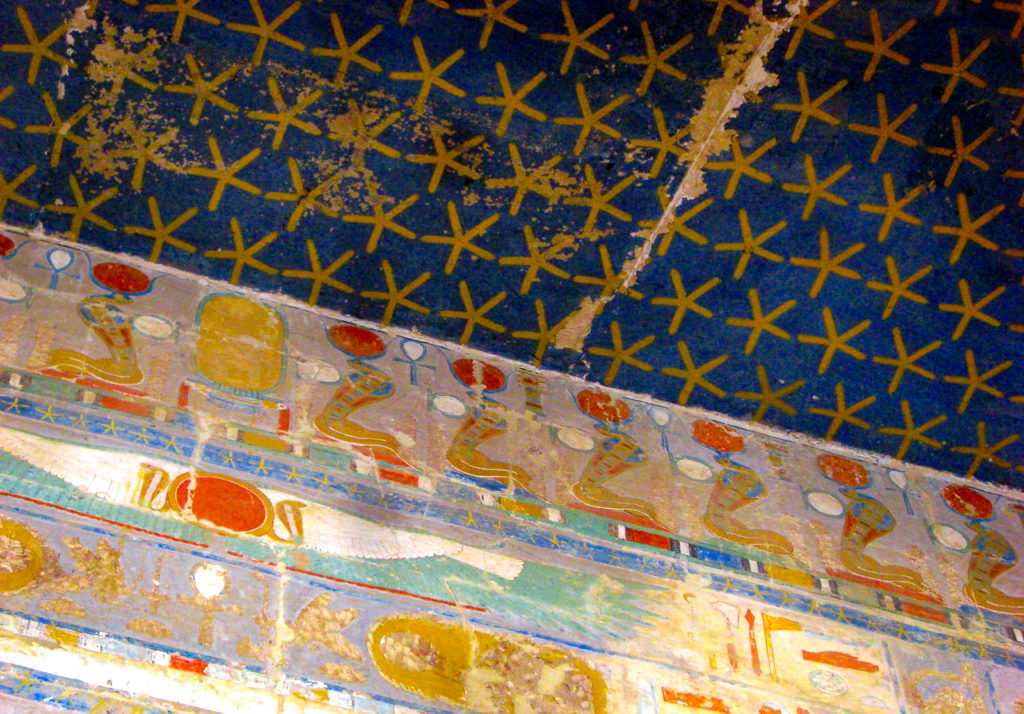
Some of the colored roof designs still survive
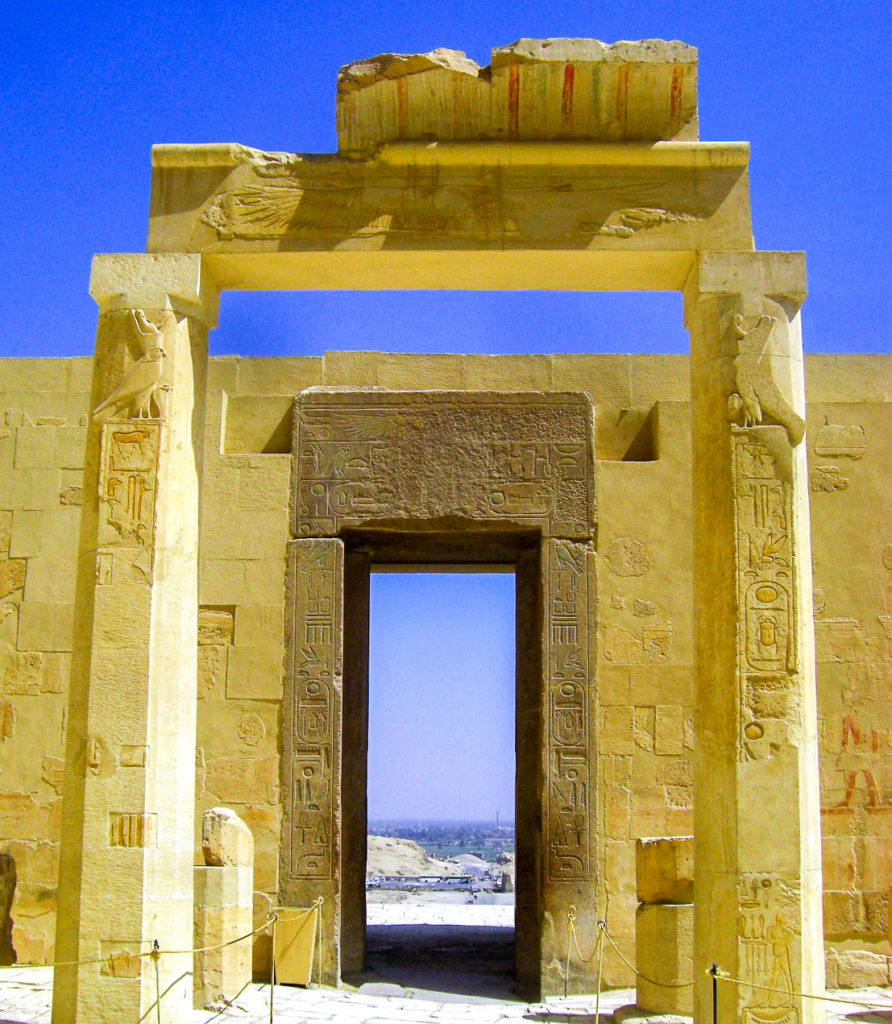
Ruins of an entrance gateway
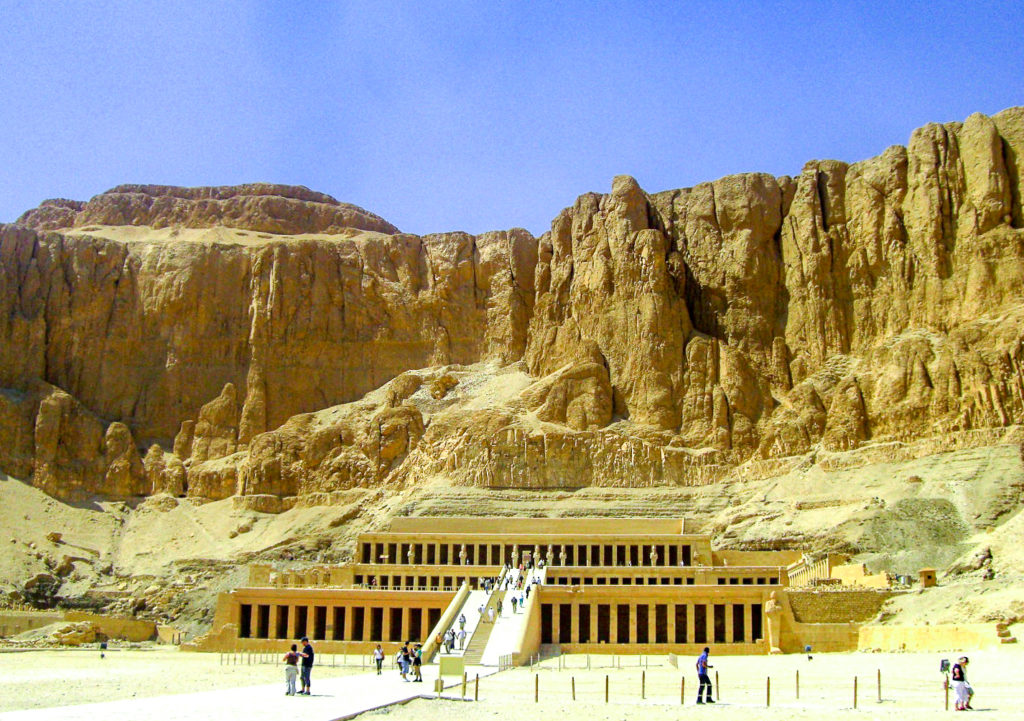
Temple of Queen Hatshepsut
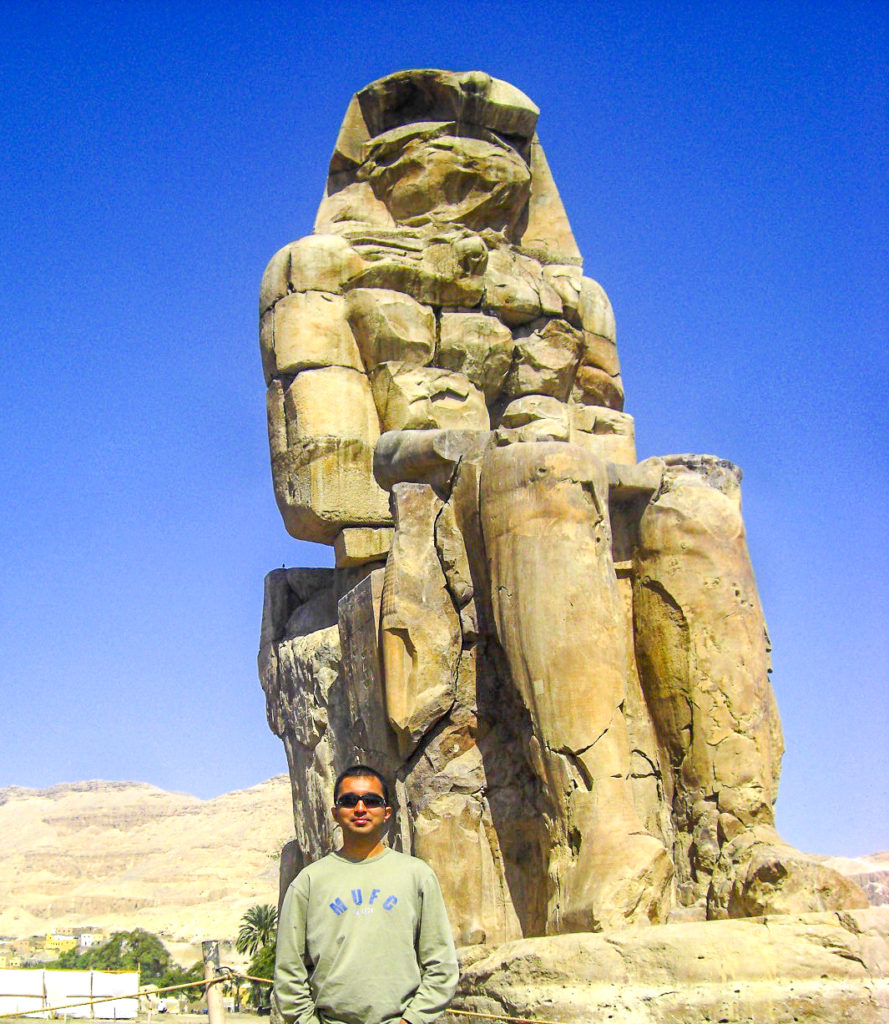
The nearby Colossi of Memnon – two Darth Vader like stone statues of Pharaoh Amenhotep III
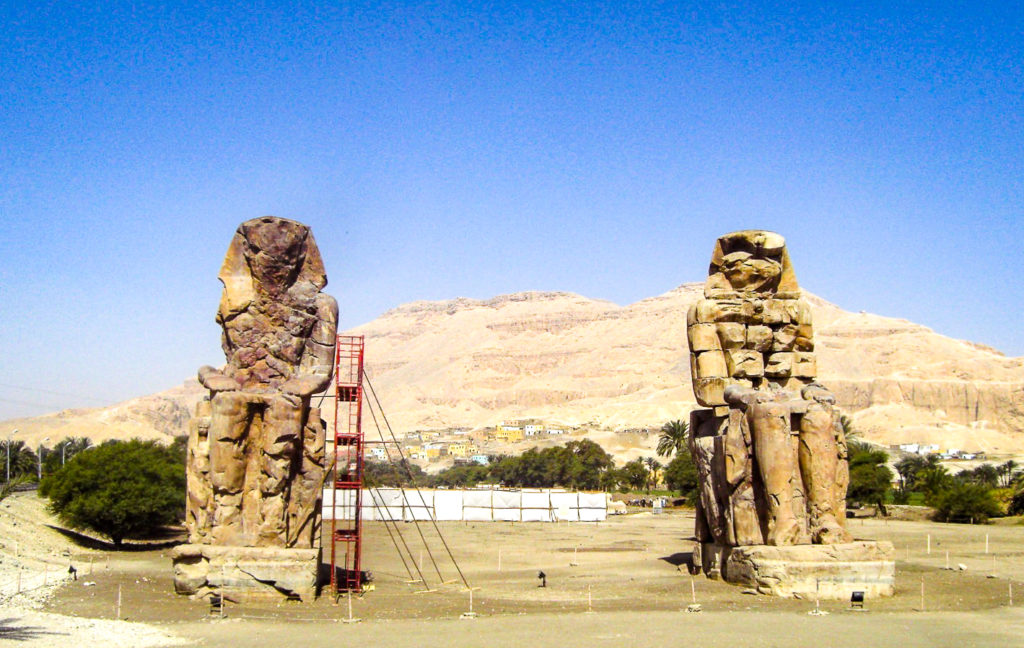
The Colossi of Memnon
Karnak Temple
Another of Luxor’s main attractions is the Temple of Karnak. After the Great Pyramids, Karnak is the 2nd most visited site in Egypt. The sprawling temple complex is considered to be one of the largest religious structures in the world, with an area sprawling over 100 hectares. The best known temple precinct within the complex is the one dedicated to the God Amun-Ra, whom the ancient Egyptians believed to be the creator of the universe.
Construction of the temples began with the Pharaohs of the old king down in 2000 BC, and over 30 Pharaohs contributed to subsequent additions and expansions till around 30 BC. Just walking through the remains of the open air temple complex ruins is awe inspiring, looking up and marveling at the massive hypostyles (70 ft pillars) inscribed with hieroglyphics and symbols, the many free standing obelisks, and countless Sphinx statues. It must’ve truly been stunning in ancient times, when the roof as still intact and all the walls, columns and roof were decorated in rich colors.
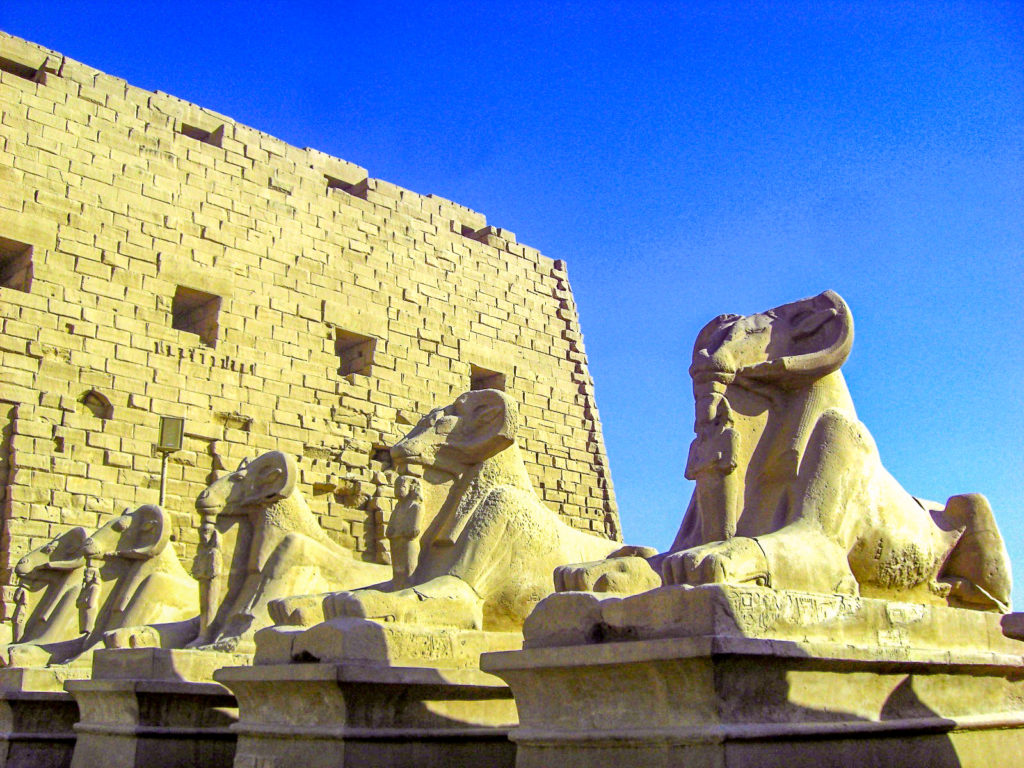
Avenue of Sphinxes at the entrance to Karnak Temple
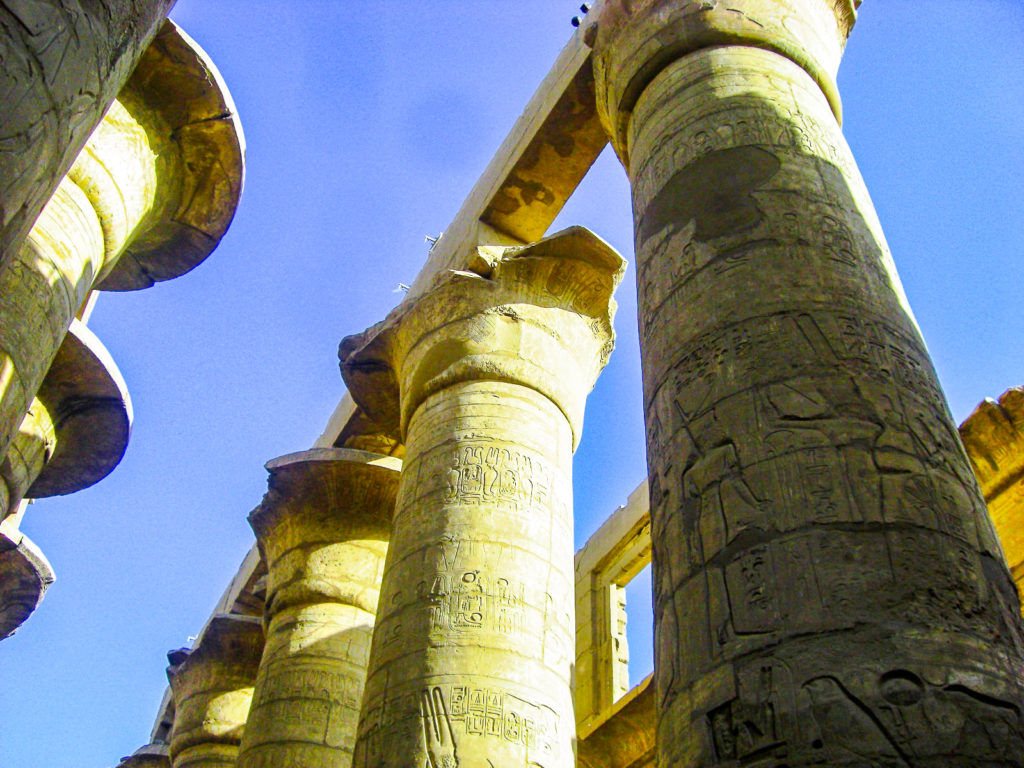
The inscriptions and symbols are still visible on the massive pillars that once help one of the largest roofs in the world
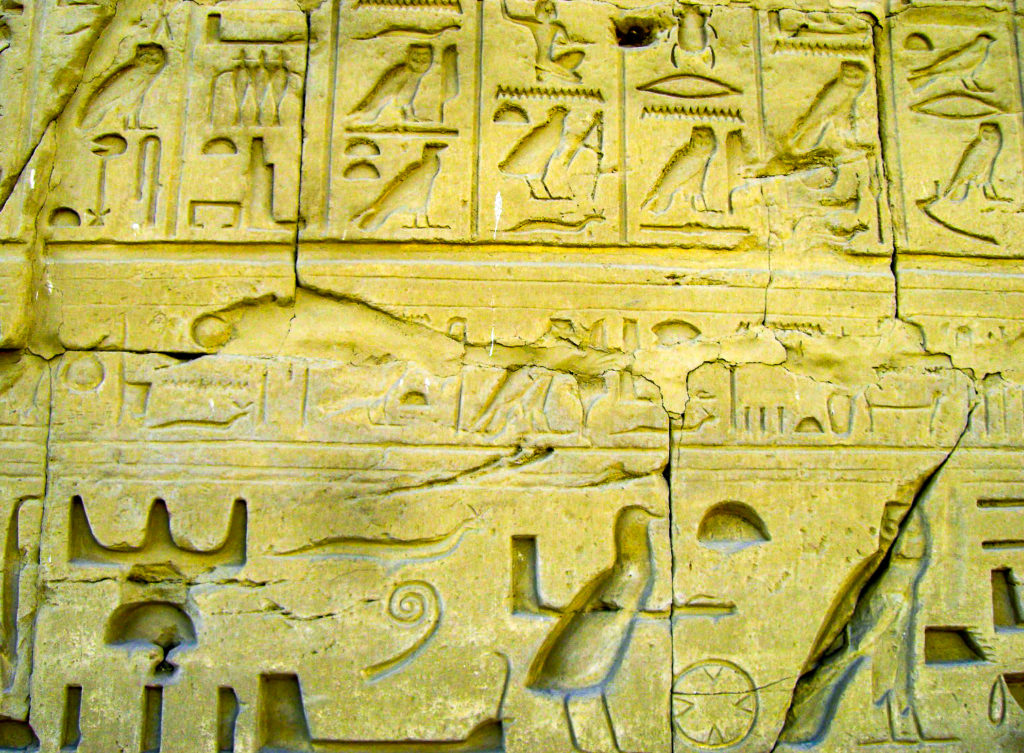
Various Hieroglyphics depicted on the walls
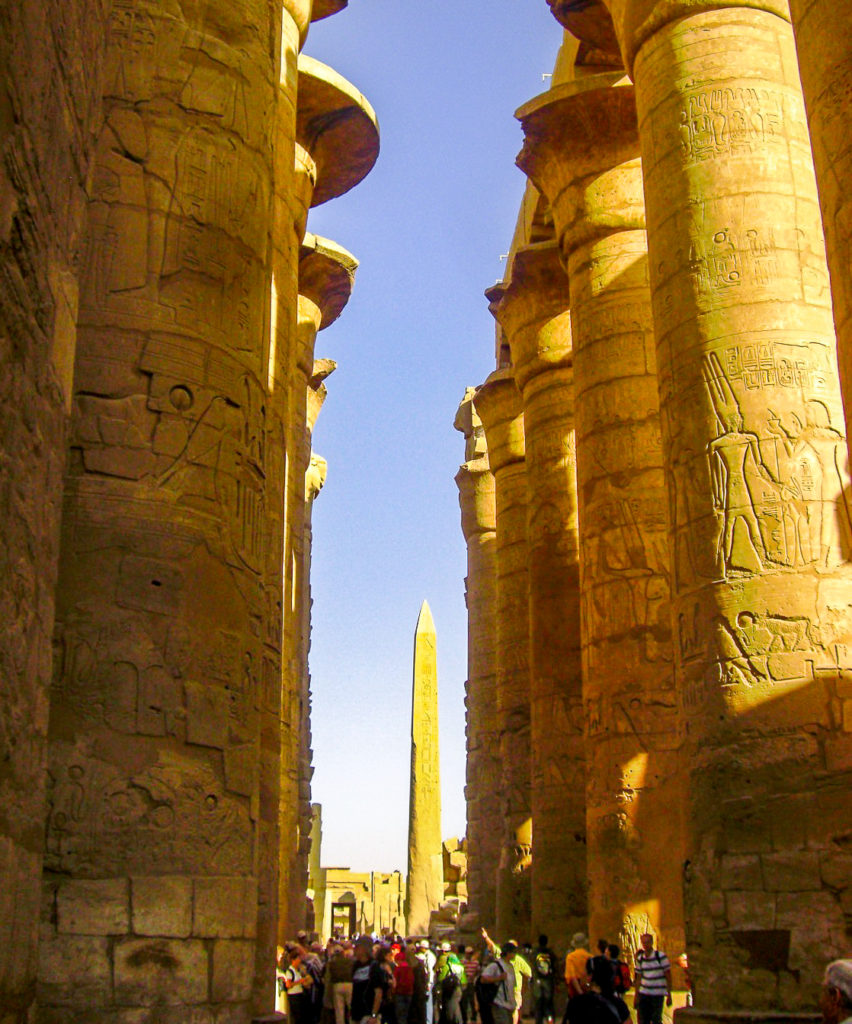
One of the still standing Obelisks viewed through the Hypostyle Hall
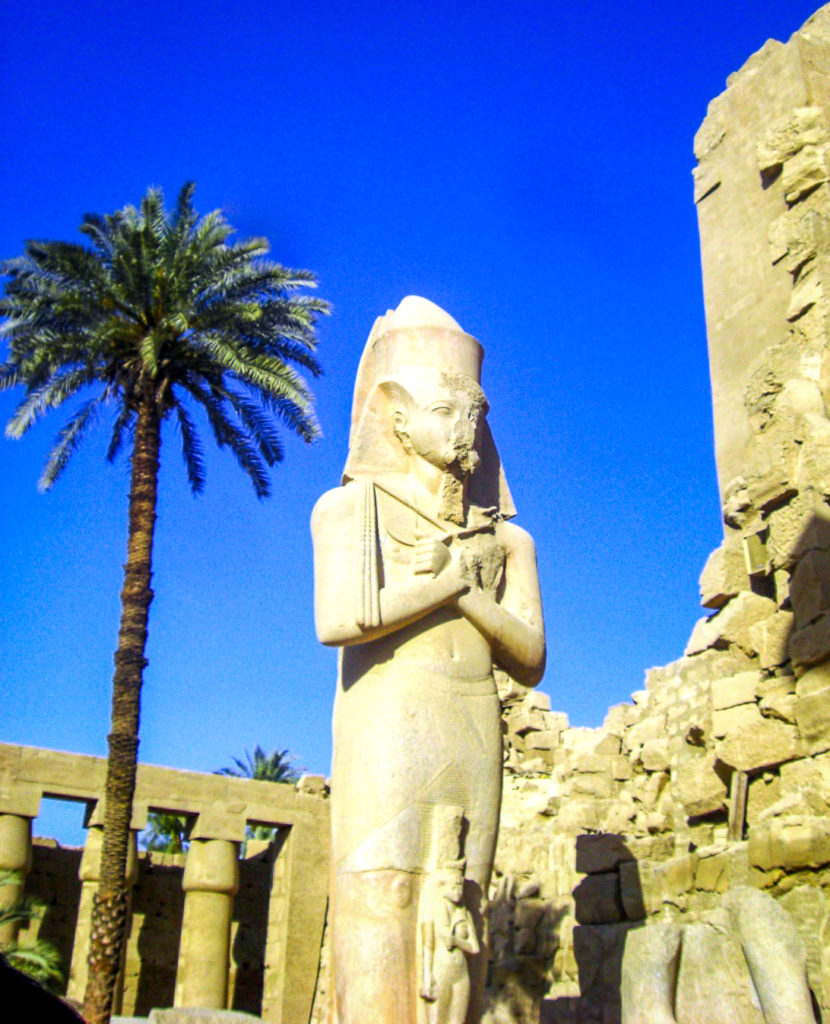
Statue of one of the Pharaohs

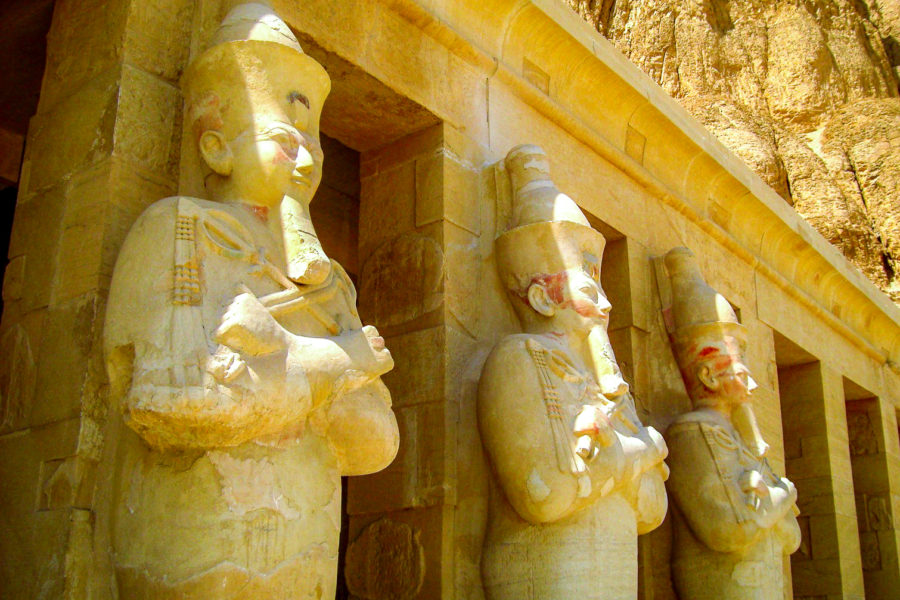

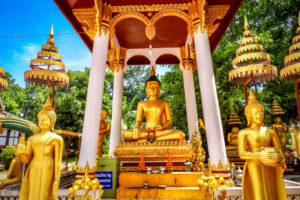





Leave a Reply
Please share your comments below!